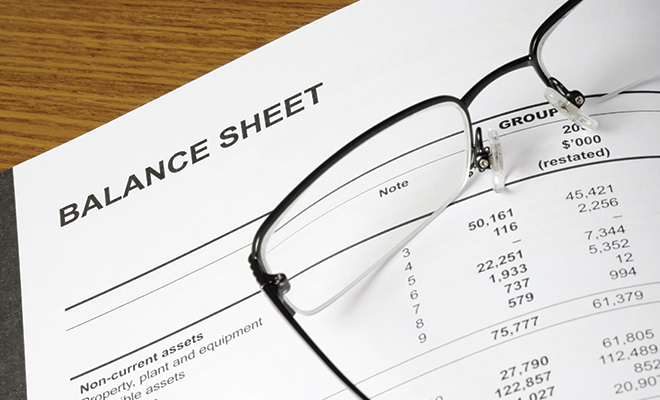
Developing Your Personal Financial Statements
You may be just out of college and beginning your career; or you could be five, ten or twenty years into the life goals you’ve set for yourself. A necessary part of achieving what you want in life is establishing financial security–and hopefully fiscal solvency–for yourself and your family.
Developing personal financial statements, similar to those used by businesses, can tell you where you stand at any moment and can help you with budget planning. The two most useful statements are the personal cash flow statement and the balance sheet.
Personal Cash Flow Statement
This is a measurement of your cash in and cash out for a specific period of time. It requires you to analyze your cash inflows from all sources, such as salaries, dividends, rental income, alimony or child support payments, or sales of items, and cash outflows, such as rent or mortgage payments, utilities, groceries, car payment, entertainment and other budgetary items. The totals of cash in and out are netted and optimally you have a positive rather than a negative number as the result. It’s essentially the same as creating a budget, but here we will use this information as a stepping stone to the next crucial personal financial statement.
Personal Balance Sheet
The simple formula for a balance sheet is: Assets – Liabilities = Net Worth. Ultimately, the goal is to achieve a positive net worth throughout life.
Assets are any items that you own that has a monetary value. Liquid assets can easily be sold or turned into cash without losing value, such as checking accounts, money market accounts or savings accounts. Large assets are items such as a home, vehicle, antiques, jewelry and household goods. Large assets should always be listed at market value; if it’s difficult to place a price tag on an item, use a comparative price for a recently sold similar item. Investments are certificates of deposit, stocks, bonds, mutual funds, savings bonds and retirement funds; more recently, silver and gold have been touted as investments as well. These assets should also be listed at market value as of the date you are compiling the balance sheet. For the majority of investments, you will have a monthly or quarterly statement from the financial institution to establish their value.
Liabilities are financial obligations or debts owed to a company or individual. These may be a mortgage balance, income taxes due, property taxes, car loan, alimony or child support payments, rental payments, credit card balances, student loans or similar debts.
In addition, a balance sheet, in order to provide an accurate snapshot of your financial situation, should include contingent liabilities. These are obligations that may arise if certain future events occur, and may include damages from pending lawsuits, disputed claims or contract disputes.
If you are an endorser, guarantor or co-signer on a note or obligation with another individual, this debt should be included. Legally, if the other individual defaults on their obligation, you will be held responsible for that debt. As an aside, this is a quiet reminder to avoid taking on this responsibility, since you’re not likely to have control of the situation once the papers are signed.
To create the balance sheet, list the assets and total them; then list the liabilities and contingent liabilities and total them. Subtract the liabilities from the assets, and that number is your net worth.
Periodic Financial Health Checkup
What’s the purpose of gathering all this information? Fiscal health and planning are prudent courses for everyone, regardless of their stage in life. Your goal may be to purchase a house or condo, or move to a nicer apartment complex in two to three years. Now is the time to examine your balance sheet to determine that your net worth is growing.
Knowing that you have a positive cash flow on your income statement gives you some liquidity and the option to apply that money to reduce a debt on your balance sheet, thus increasing your net worth.
A tool used by financial analysts, the debt-to-equity ratio, can be extremely helpful over time to indicate that your financial health is improving. Total all the debt shown on your just-completed balance sheet and divide it by your net worth. The goal should be 80 percent or less; if it’s higher, it’s an indication that more of your income is being used to pay debt and you may be headed for trouble rather than solvency. HLM
Sources: articlesfactory.com, investopedia.com, lawdepot.com and the experience of the author.
Personal financial statements, particularly the balance sheet, will inevitably be required at some point in your life. Now is a good time to take stock of your financial health should you need to:
• obtain a loan or mortgage
• open a business that will need financing
• develop an estate, retirement or other financial plan
• create strategies for minimizing income taxes
• identify property under a divorce or separation proceeding
• guarantee a loan







